Cryotransfer in the natural cycle allows you to conceive a child artificially for women who have no problems with the menstrual cycle. Usually in this case, the causes of non-occurrence of pregnancy, provided that attempts at natural conception during the year, are diseases of other organs and systems, and not reproductive. As for men, there is only one indication for IVF: low sperm quality.
The essence of the procedure
Most often, the procedure is carried out after a failed IVF, if the transplantation of live embryos has ended in failure. According to statistics, cryotransfer in the natural cycle ends in successful embryo implantation in only 30% of cases (for comparison: the success of IVF with living cells in women under 30 is 50%).
However, some doctors argue that when using frozen cells, the success rate of the procedure is significantly increased. There is some truth in this, because for cryotransfer in the natural cycle, by default, only very high-quality biological material is used. In addition, if a woman naturally ovulates, the planned cryotransfer allows you to wait for this moment, rather than carry out stimulation.
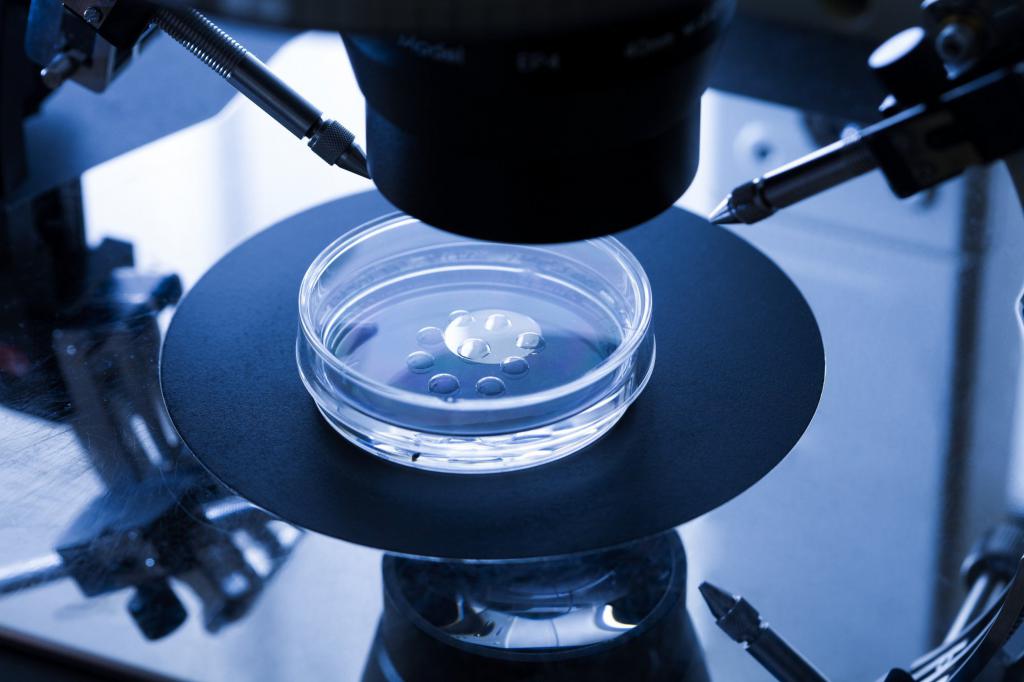
During the procedure, one to four eggs are sown in the body. From the specified number, any number of cells can take root or none can take root. If as a result several embryos have successfully taken root, then, for medical reasons and a woman’s desire, a certain amount is removed and frozen. If IVF is not successful, frozen embryos can be implanted in the following attempts.
Cryotransfer of embryos in the natural cycle does not require additional stimulation of the woman's body for the onset of ovulation. Doctors are just waiting for the right moment. There is also no need to re-donate sperm to a partner. As a result, the whole procedure takes less time, and the body experiences less stress.
Germ Preparation
Cryopreservation is understood as freezing of embryos in liquid nitrogen at a temperature of -196 degrees Celsius. Used long conservation or fifteen minutes. In the first case, the temperature rises gradually during freezing, in the second case, the embryos quickly freeze and quickly thaw. Fifteen-minute cryopreservation is more effective. Moreover, more than 80% of fertilized cells survive.
It is important to properly defrost biological material. After the procedure, the embryologist assesses whether the embryos are damaged during defrosting. In most cases, up to 50% of cells are lost. But this can be corrected at the initial stage of the procedure, so that there will be no harm to the health of the fetus. Statistics show that in 5% of cases, embryos after thawing are completely non-viable.
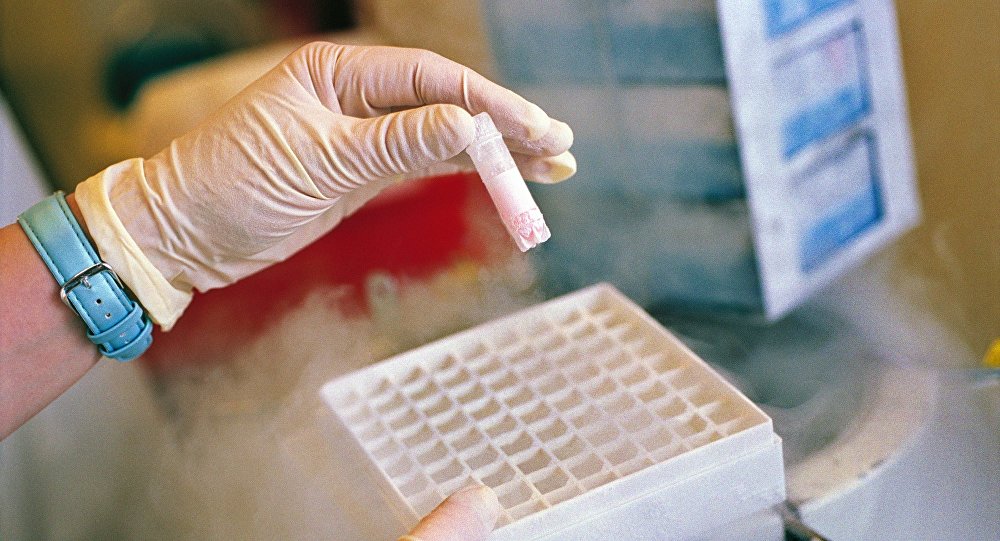
Stages of Cryoprotection
The cryotransfer procedure in the natural cycle for the patient is not very different from conventional IVF. Preparation begins with a full medical examination (a general and gynecological history is collected, a number of tests are performed) and treatment, if necessary. As soon as the patient enters the IVF protocol, the doctor dynamically monitors her condition to determine the optimal day for embryo replanting.
A woman discusses all the conditions of the procedure with a doctor. In most cases, an ultrasound of the uterus and appendages is prescribed on the 20-24 day of the previous cryo-transfer cycle. A reproductologist does dopplerometry to determine how well the blood supply to the vessels and the endometrium is. Additional examinations and consultations of specialized specialists are prescribed as necessary, for example, if a woman has already experienced one or more unsuccessful attempts.
In the natural cycle, stimulation is not used, that is, you do not need to take special medications. Tablets may be prescribed if intrinsic endometrium is not ready for implantation. In this case, the medicine will increase the chances of pregnancy. Five-day embryo implantation is performed on the day of ovulation under ultrasound control. Previously, the embryos undergo thawing and necessary preparation (the state of the cells is evaluated by the embryologist).
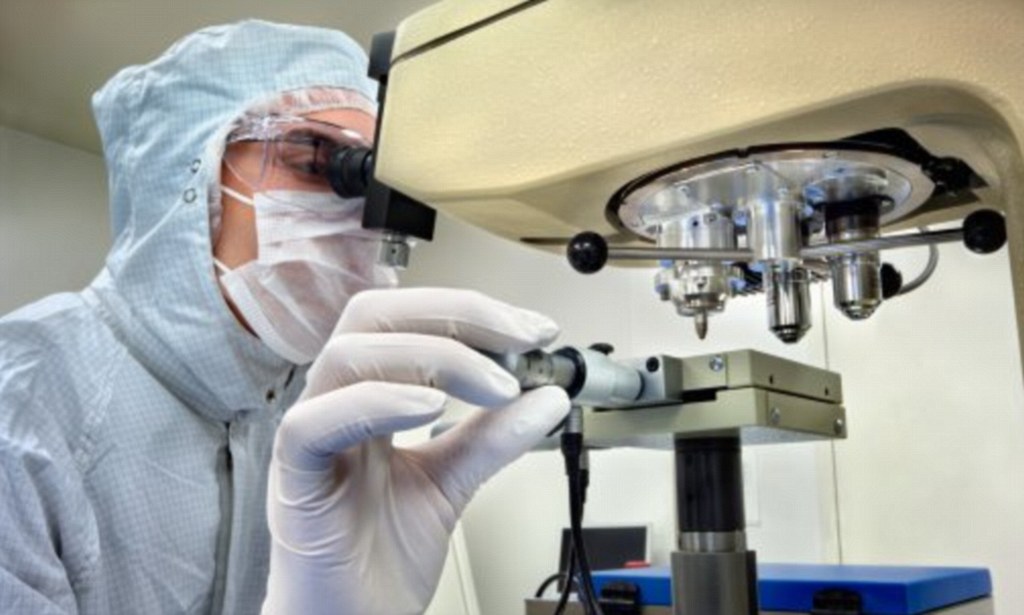
Choosing a day for cryotransfer
On what day will cryotransfer in the natural cycle be the most successful and lead to pregnancy? The best day for replanting is calculated by the reproductologist. Usually, the increase in the follicle is monitored by ultrasound in dynamics. When the follicle reaches pre-ovulatory size, the woman does an ovulation test. If the result is positive, then the luteal phase of the menstrual cycle is further supported by progesterone. In parallel, the dynamics of the maturation of the endometrium are monitored.
When calculating the optimal day of cryotransfer in the natural cycle (on which day the procedure is assigned, it is impossible to know in advance - all indicators are tracked in dynamics), the full history, age of the patient, and the number of eggs that will be ready for the approximate date of ovulation are taken into account. If in the past there was already an unsuccessful IVF or cryotransfers, then the reproductologist draws attention to how they went. Usually five-day-old embryos are planted (on the fifth day after ovulation). In some cases, they can carry three-day embryos.
Preparation for the procedure
Preparation for cryotransfer in the natural cycle is a regular visit to the attending physician and the implementation of all recommendations, passing diagnostic and other preparatory procedures, and passing tests. If necessary, special preparations are prescribed for a woman to build up the endometrial layer necessary for successful attachment and prolongation of the ovulatory phase. No other special training is usually required.
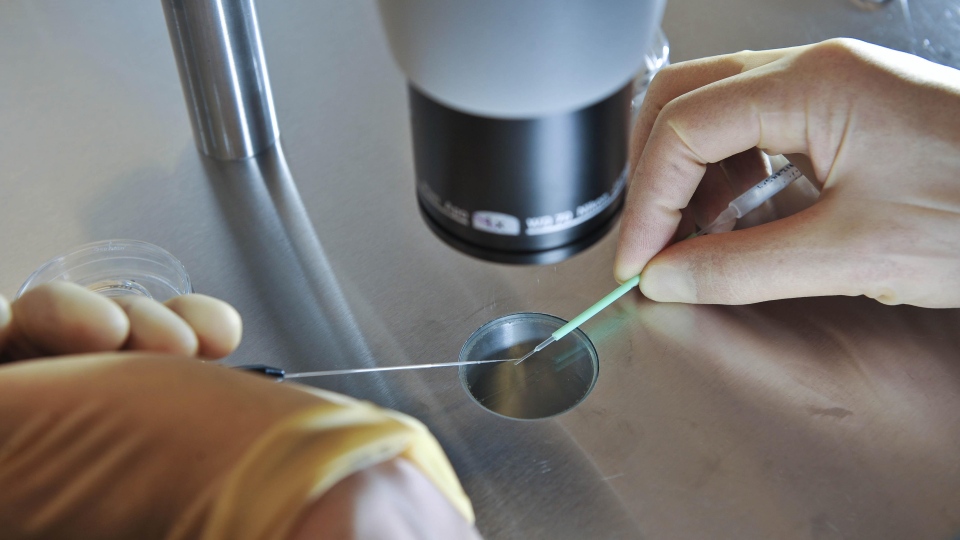
Procedure
Embryos are thawed several hours before a woman’s implantation. Cells gradually come to life when brought to the required temperature. Next, the doctor evaluates the quality of thawed embryos. If some embryos do not contain living cells, they cannot be transferred. This happens quite rarely, because embryos with good morphological parameters are usually used for cryopreservation.
Thawed embryos undergo a procedure before the procedure, which makes it easier to hatch from the surrounding shell. This can be carried out chemically or mechanically.
Directly cryotransfer in the natural cycle is performed under sterile conditions under the supervision of ultrasound. This is a painless procedure, but a woman may experience some discomfort. A transfer is carried out with a moderately full bladder. The reproductologist clarifies the position of the uterus, the length of the cervical canal, the angle between the cervix and the uterus, and other data. Optimally, the embryo should be transferred into the cavity 15 mm to the bottom.
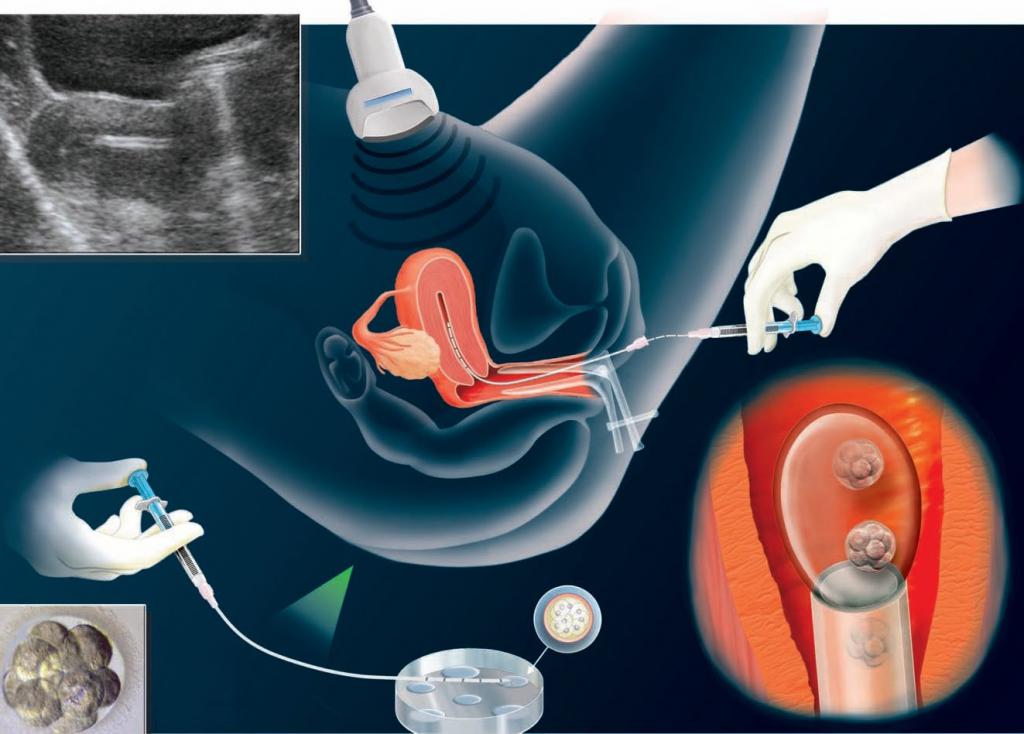
When using mirrors, the cervix is exposed and washed with sterile saline to remove mucus. Next, a special catheter is inserted to the level of the internal pharynx of the uterus. When the catheter guide is installed, embryos with transport medium and gas bubbles are collected into the transfer catheter. By pressing the piston, the embryos are transferred to the uterine cavity. This moment is visible on the ultrasound screen. After the procedure, the patient should lie down for an hour. On the fourteenth day after cryoprotection, a woman donates blood for hCG to determine whether pregnancy has occurred.
After cryoprotection
After cryotransfer in the natural cycle of a woman, you need to follow all the doctor's recommendations. The patient should not be physically tensed and nervous, one should try to draw only positive emotions from the environment, more often relax and get enough sleep, be surrounded by people close to the heart. It is not recommended to take a shower and sit in a hot bath (a hygienic shower is allowed, which should last no more than 10 minutes). You can’t carry heavy loads, drive a car, bend over sharply, or live sexually. The patient is advised to eat right and give up tight and tight clothes.
After the procedure, the patient may experience such sensations: nausea, bloating, indigestion, drowsiness, pulling sensation in the lower abdomen immediately after cryotransfer. These are symptoms that indicate a natural hormonal restructuring of the body in connection with the onset of pregnancy. If the stomach pulls, you need to see a doctor. Most likely, the doctor will advise you to exclude any stressful factors, drink sedatives before bedtime, sleep for at least eight hours, walk daily in the open air at leisurely pace for two hours.
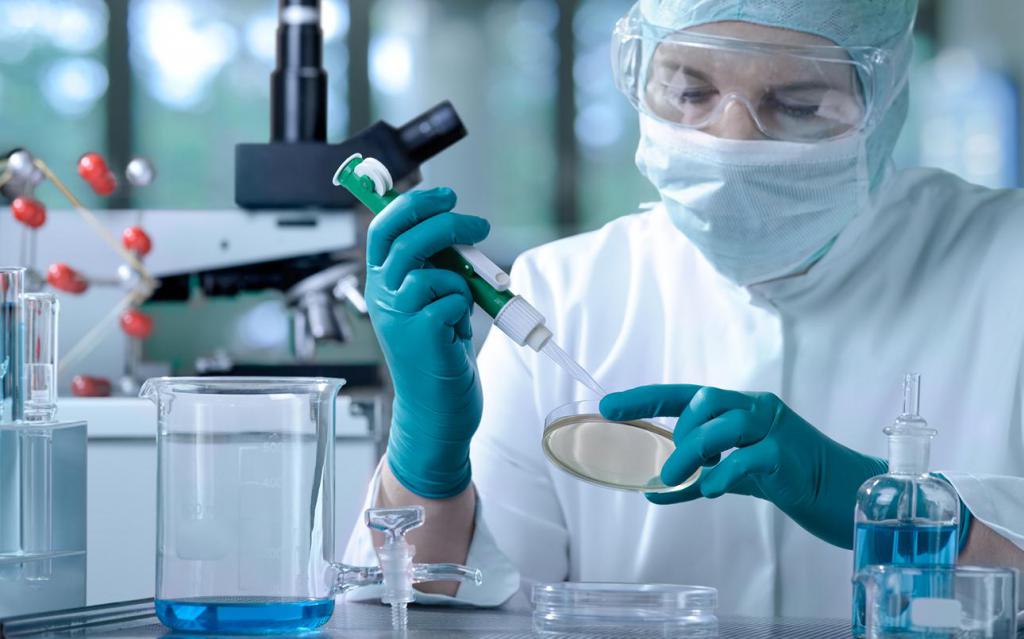
Pros and cons of the procedure
The patient usually does not experience any pain during cryotransfer in the natural cycle. The procedure itself is painless, and the absence of the need to take strong hormonal drugs allows you to maintain normal health. In addition, there is no risk of hyperstimulation and premature ovarian aging.
Frozen storage of embryos usually does not affect the state of future fruits. In addition, the embryos used for cryotransfer are better, so the success of the procedure is higher. If the procedure fails, there is no need for ovarian puncture for the next IVF.
The disadvantages of the procedure include the need to incur high costs associated with storing the embryo in appropriate conditions. In addition, there is a small percentage of cases (5%) of death of all embryos after defrosting.
Result forecast
Statistics show that getting pregnant is obtained after the transfer of the third embryo. The success of the procedure largely depends on the professionalism of the doctors, the equipment used and the quality of the embryos. Today, thanks to the cryoprotection procedure, many children are born. These babies are no different from children conceived in a natural way.
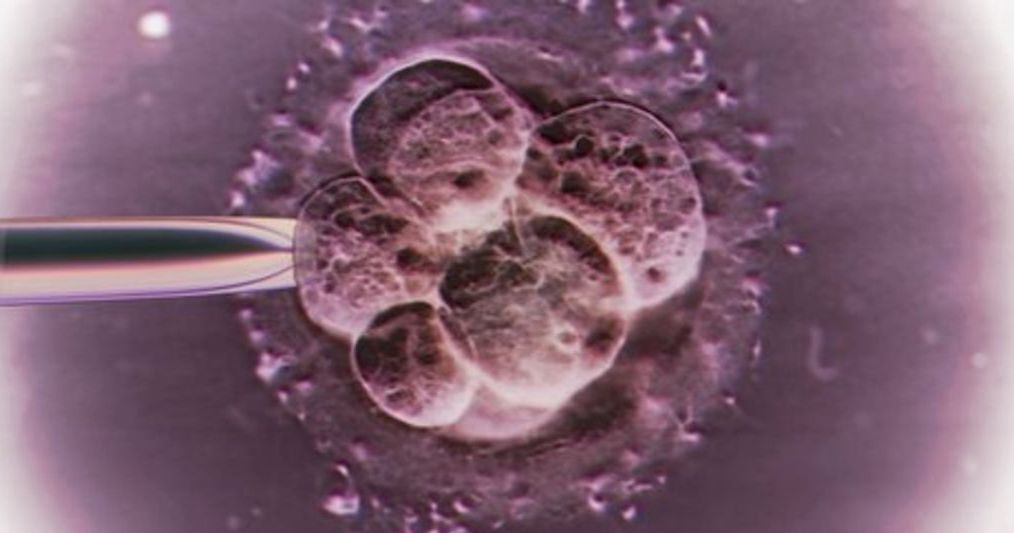
Patient Reviews
Reviews about cryotransfer in the natural cycle of women leave positive. Many couples managed to become parents after many unsuccessful attempts at conception, and even with serious reproductive health problems.